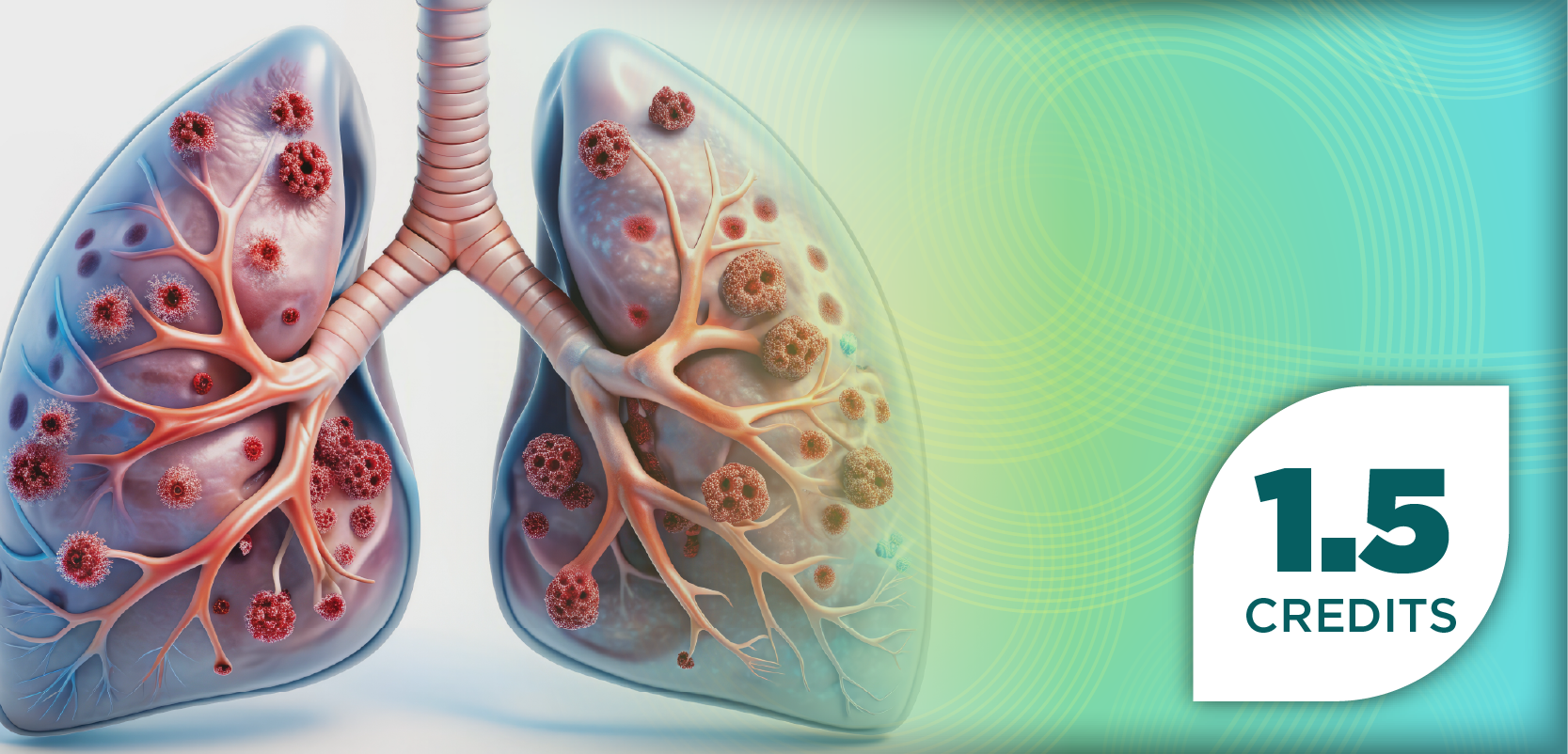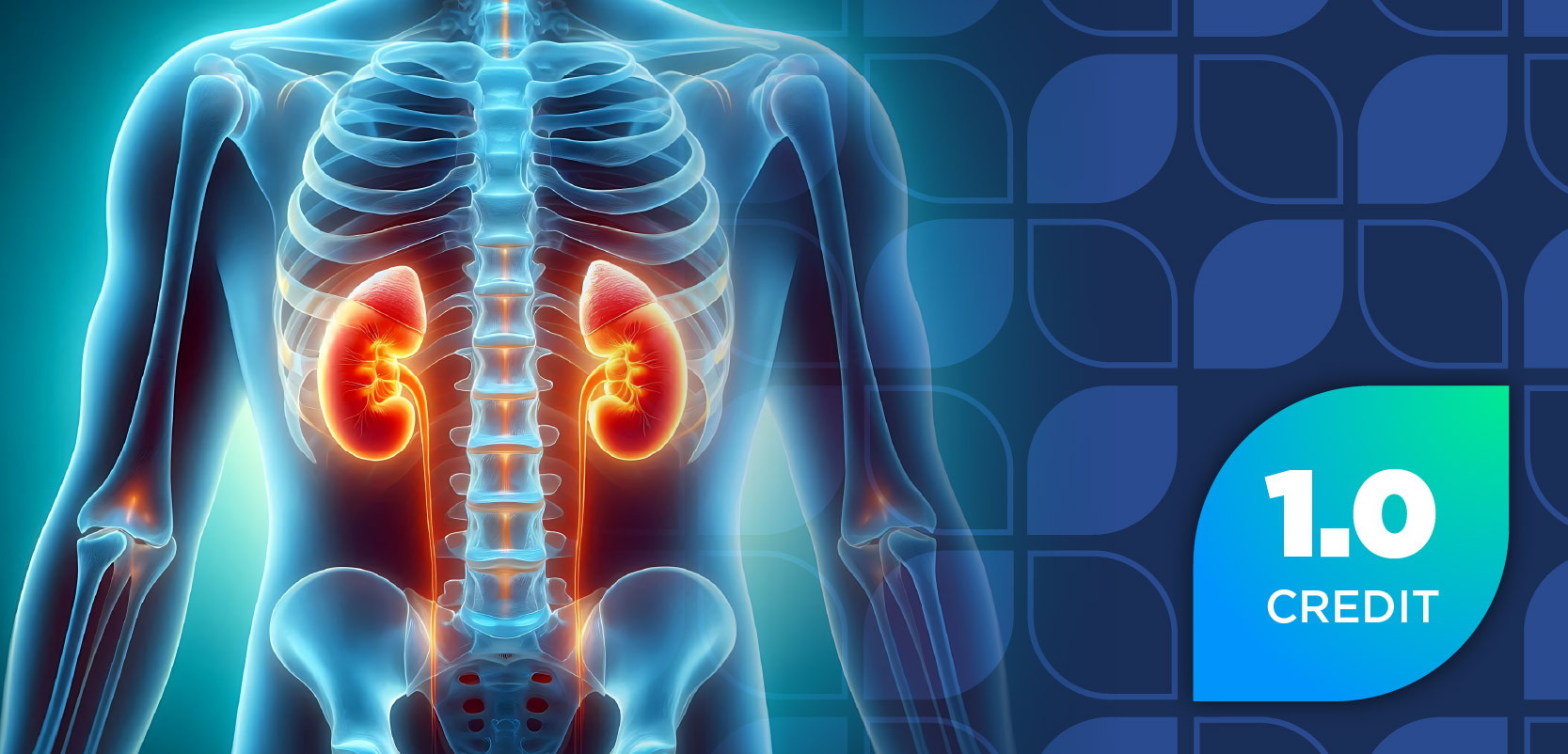
Astegolimab Reduces COPD Exacerbations in Clinical Trials
Key Takeaways
- Astegolimab reduced AER by 15.4% in the phase 2b ALIENTO trial, but only 14.5% in the phase 3 ARNASA trial.
- Both trials included former and current smokers with frequent COPD exacerbations, regardless of blood eosinophil count.
Astegolimab shows promise in reducing chronic obstructive pulmonary disease (COPD) exacerbations, offering hope for improved management of this debilitating lung disease.
In the phase 2b ALIENTO (NCT05037929) and phase 3 ARNASA (NCT05595642) clinical trials, astegolimab (AMG-282; Genentech), along with standard of care maintenance therapy, demonstrated promising results compared to placebo in individuals with moderate to very severe chronic obstructive pulmonary disease (COPD).1
Chronic Obstructive Pulmonary Disease
COPD is a lung condition caused by damage to the lungs, which results in swelling and irritation. This inflammation in the airways limits airflow in the lungs, causing obstruction. Symptoms of COPD can worsen over time, presenting with trouble catching breath, wheezing or whistling sounds when breathing, an ongoing cough that could produce mucus, chest tightness or heaviness, lack of energy or feeling tired, frequent lung infections, losing weight without meaning to, and swelling in the ankles, feet, or legs.2
COPD is most often caused by long-term exposure to irritating smoke, fumes, dust, or chemicals. The most common cause is cigarette smoke. With proper management, most individuals with COPD can control symptoms and improve their quality of life. Proper management also can lower the risk of other conditions linked to COPD, such as heart disease and lung cancer.2
"While COPD remains the third leading cause of death worldwide, patients and families have limited treatment options for managing this debilitating and complex disease," Levi Garraway, MD, PhD, Roche’s chief medical officer and head of global product development, said in a news release. "This was the first set of studies in an ‘all-comers’ COPD population, and we will discuss these data with regulatory authorities to evaluate next steps for astegolimab.”1
ALIENTO and ARNASA Clinical Trials
Both the phase 2b ALIENTO and phase 3 ARNASA trials are double-blinded, placebo-controlled, multicenter studies that aimed to assess the efficacy and safety of astegolimab administered every 2 or 4 weeks in individuals with COPD plus standard of care maintenance therapy.1
The ALIENTO and ARNASA studies included 1301 and 1375 patients, respectively, and focused on former and current smokers with a history of frequent COPD exacerbations, regardless of their blood eosinophil count. The primary end point of these studies was to assess the reduction in the Annualized Exacerbation Rate (AER) over a 52-week treatment period, in which AER represents the total number of sudden worsenings in airway function and respiratory symptoms divided by the total number of patient years. Standard maintenance therapies in both studies included combinations of inhaled corticosteroids (ICS) plus long-acting beta-agonists (LABA), long-acting muscarinic antagonists (LAMA) plus LABA, or ICS plus LAMA plus LABA.1
The primary end point was met in the phase 2b ALIENTO study, demonstrating that astegolimab reduced AER by 15.4% at 52 weeks when given to patients every 2 weeks. However, in the phase 3 ARNASA study, the primary end point was not met, instead showing a 14.5% reduction with astegolimab treatment at 52 weeks when treating patients every 2 weeks. Despite this, the study authors noted that the total number of exacerbations was lower than prospectively anticipated in both the phase 2b and phase 3 trials, with no new safety signals reported.1
The findings suggest that astegolimab on top of standard of care maintenance therapy demonstrated positive outcomes in individuals with COPD in the phase 2b ALIENTO study; however, the study authors noted that an analysis of data will be shared at an upcoming medical meeting.1
REFERENCES
1. [Ad hoc announcement pursuant to Art. 53 LR] Roche provides update on astegolimab in chronic obstructive pulmonary disease. Roche. News release. July 20, 2025. Accessed July 30, 2025. https://www.roche.com/media/releases/med-cor-2025-07-21
2. Mayo Clinic. COPD. News release. August 30, 2024. Accessed July 30, 2025. https://www.mayoclinic.org/diseases-conditions/copd/symptoms-causes/syc-20353679
Newsletter
Stay informed on drug updates, treatment guidelines, and pharmacy practice trends—subscribe to Pharmacy Times for weekly clinical insights.


















































































































































































































